GH bench construction
livelydirt
10 years ago
Related Stories

BATHROOM DESIGNHow to Settle on a Shower Bench
We help a Houzz user ask all the right questions for designing a stylish, practical and safe shower bench
Full Story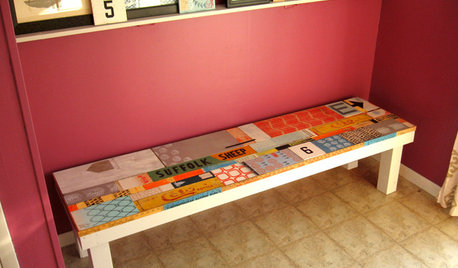
WOODWORKINGDIY Project: Artful Scrap-Wood Bench
Salvage signs, block-printed wood and a secret compartment turn a handmade bench into an interactive work of art
Full Story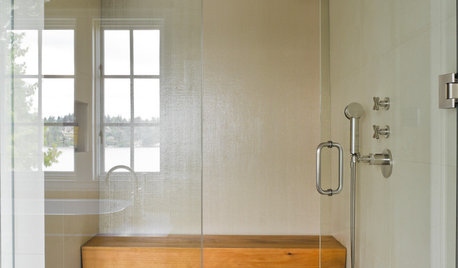
BATHROOM DESIGNOutfit Your Shower With the Right Bench for You
Whether you want a simple perch or a massive seat in your shower, our guide can help
Full Story
ECLECTIC HOMESHouzz Tour: Vintage and New Make a Groovy Mix in Houston
A 1970s-loving designer sprinkles fur-covered benches, graphic art and vintage pieces among classic furnishings for an eclectic look
Full Story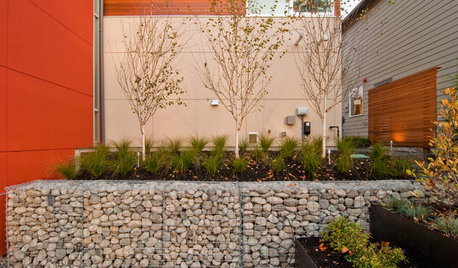
LANDSCAPE DESIGNGarden Walls: Gabion Evolves From Functional to Fabulous
The permeable rock-, concrete- or glass-filled steel cages are showing up as retaining walls, planters, benches and more
Full Story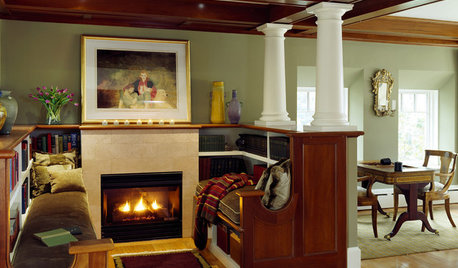
FIREPLACESInglenooks Carry On a Warm Tradition
Designs for these benches by the fire have evolved, but the spots offer the same warmth as always
Full Story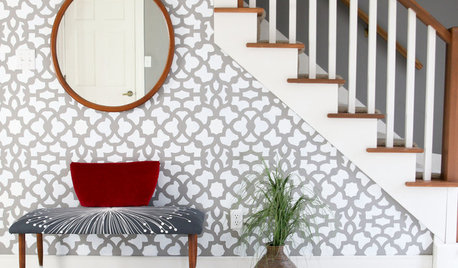
DIY PROJECTSSalvage Style: A DIY Upholstery Project Makes a Grand Entrance
See how to turn a recycled coffee table into a stylish bench for your entryway
Full Story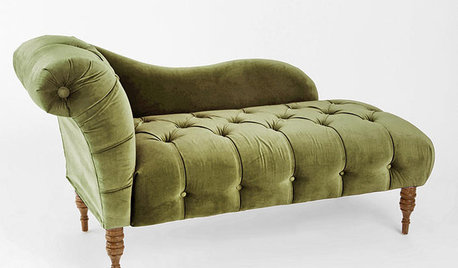
PRODUCT PICKSGuest Picks: Chic Entryway Seating
Encourage guests to remove shoes or just take a load off with one of these benches, ottomans or banquettes in the entry
Full Story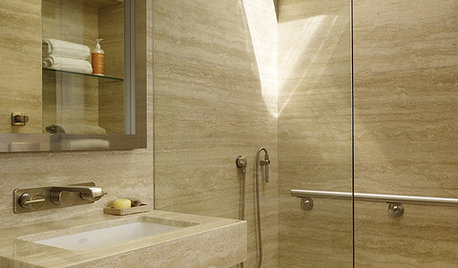
BATHROOM DESIGNSafety Goes Beautiful in the Bath
High-style grab bars, benches and handrails make falls less likely but great design almost guaranteed
Full Story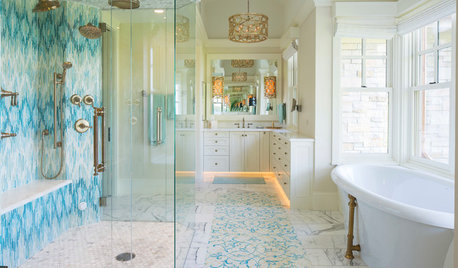
DREAM SPACESNew This Week: 4 Modern and Spacious Dream Bathrooms
For the ultimate bathroom experience, cozy up to heated shower benches, large soaking tubs and high-end tile
Full Story






billala
oldlady59
Related Professionals
Danbury Landscape Architects & Landscape Designers · South Elgin Landscape Architects & Landscape Designers · Waunakee Landscape Architects & Landscape Designers · Bergenfield Landscape Contractors · Darien Landscape Contractors · Dunwoody Landscape Contractors · Longmont Landscape Contractors · Mastic Beach Landscape Contractors · Northport Landscape Contractors · Point Pleasant Landscape Contractors · Ponte Vedra Beach Landscape Contractors · San Bruno Landscape Contractors · Wilsonville Landscape Contractors · Dracut Solar Energy Systems · El Mirage Solar Energy Systemssand_mueller
livelydirtOriginal Author
hudson___wy
billala
livelydirtOriginal Author
sand_mueller
hudson___wy